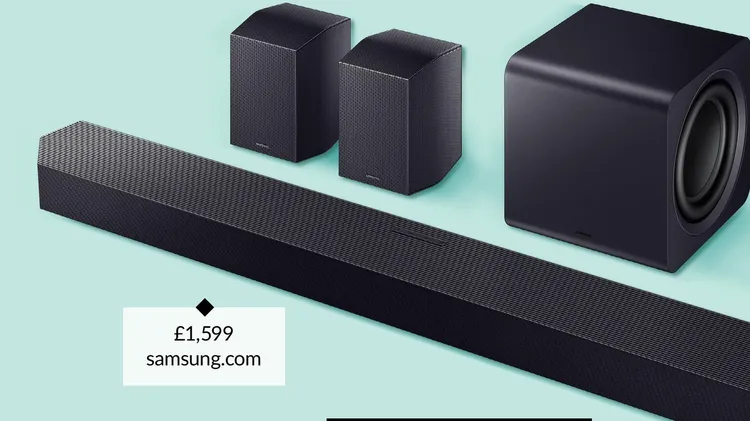Panasonic’s all-singing OLED flagship gets a brightness-boos
Panasonic mz2000 (tx-65mz2000b)
9 min read
This article is from...
Read this article and 8000+ more magazines and newspapers on Readly






